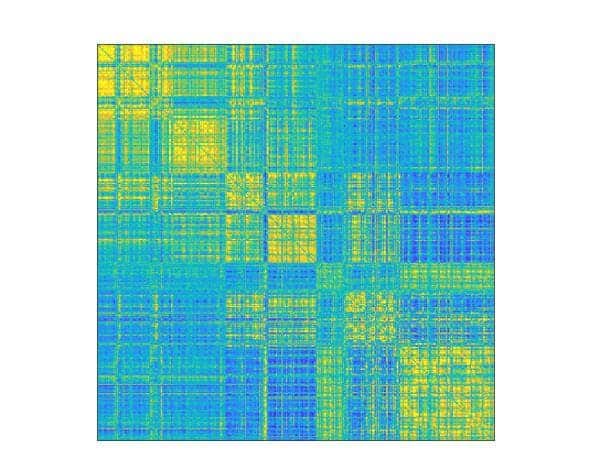
Every person’s brain is wired differently, and scientists have now found a way to map these unique brain connections. Brain scans can reveal an individual’s brain fingerprint, which can be used to identify a person with high accuracy. It all takes under two minutes.
The new findings were reported by a team of neuroscientists at the prestigious EPFL in Switzerland, led by Enrico Amico. It all started a few years ago, while Amico was working as a neuroscientist at Yale University, tasked with studying the “functional brain connectome” — a map of neural networks and connections within the brain.
Using MRI scans, which measure brain activity over a given period of time, Amico generated graphs that summarize how a subject’s different brain regions are connected. That’s when he noticed that every subject had a unique but consistent connectome.
With just two MRI scans, Amico could correctly identify a subject nearly 95% of the time.
“That’s really impressive because the identification was made using only functional connectomes, which are essentially sets of correlation scores,” says Amico.
In their new study, the EPFL neuroscientists wanted to take brain fingerprint detection to the next level. Previously, connectome matching was performed using MRI scans that lasted several minutes. What if they could expedite the process to only five seconds?
“Until now, neuroscientists have identified brain fingerprints using two MRI scans taken over a fairly long period. But do the fingerprints actually appear after just five seconds, for example, or do they need longer? And what if fingerprints of different brain areas appeared at different moments in time? Nobody knew the answer. So, we tested different time scales to see what would happen,” says Amico.
During their investigations, the researchers optimized the connectome matching process, showing that the information needed for a brain fingerprint to unfold could be obtained much faster than previously thought.

They couldn’t make it work as fast as five seconds, though. However, they managed to optimize the process to 1 minute and 40 seconds. The first brain fingerprints appear in the sensory areas of the brain, such as those related to eye movement and visual attention, followed by the frontal cortex region, which is associated with higher-order complex cognition.
There are many ways to identify a person, using so-called biometric data. These include fingerprints of course, but also the retina, DNA, and even your voice. Brain fingerprinting sounds highly impractical for identification and authentication purposes, but the researchers imagine applications whereby this technique could be used for early detection of neurological conditions.
For instance, initial findings suggest that the unique fingerprints of patients with Alzheimer’s disease start to fade away. “It gets harder to identify people based on their connectomes. It’s as if a person with Alzheimer’s loses his or her brain identity,” Amico said.
Brain fingerprints could also be used to detect autism, past strokes, and perhaps even drug addictions.
“This is just another little step towards understanding what makes our brains unique: the opportunities that this insight might create are limitless.”
The findings were reported in the journal Science Advances.


